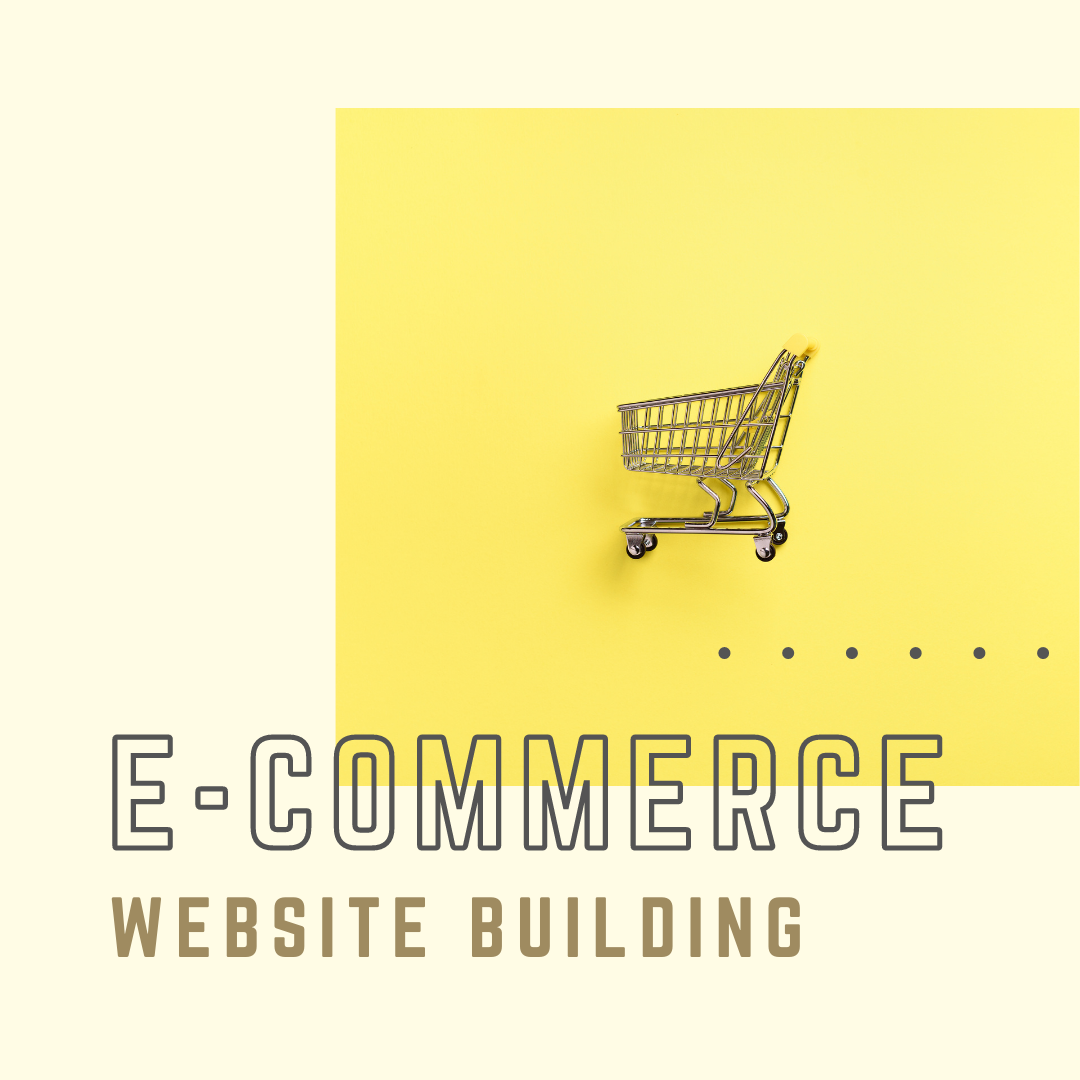
Creating inclusive websites is a fundamental aspect of web programming. This article explores the importance of web accessibility, providing tips and best practices for developers to ensure their creations are usable for everyone.
Understanding Web Accessibility Standards Web Content Accessibility Guidelines (WCAG) set the standard for creating accessible websites. Adhering to these guidelines ensures a positive user experience for individuals with disabilities.
Designing for Different Abilities: Visual, Auditory, Motor Consider diverse user needs, including those with visual impairments, hearing impairments, and motor limitations. Design elements that cater to these differences enhance overall accessibility.
Implementing Semantic HTML for Screen Readers Semantic HTML elements provide meaningful structure to web content, aiding screen readers in interpreting and conveying information accurately to users with visual impairments.
Navigating Color Contrast and Font Accessibility High color contrast ensures text is legible for users with visual impairments. Additionally, offering font size options and readable font styles enhances accessibility for a broader audience.
Testing and Auditing Tools for Web Accessibility Utilize tools like Axe, Lighthouse, and screen readers to test and audit your website's accessibility. Regular testing ensures ongoing compliance with accessibility standards.
Real-World Examples of Inclusive Web Design Explore examples of websites that prioritize accessibility, demonstrating how thoughtful design choices can create a positive user experience for everyone.








